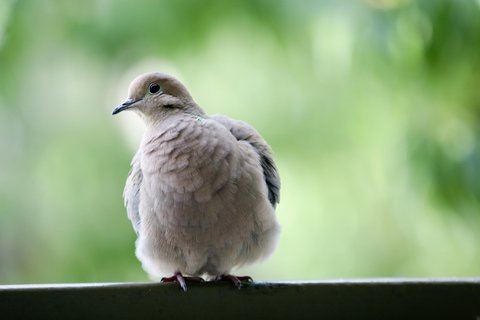
The mourning dove season is the first fall bird-hunting season to open in many states, offering hunters a great opportunity to get out in the field and sharpen their skills.
Although mourning dove hunting is extremely popular in some southern states, it has only recently gained momentum in northern states, which have added seasons in recent years. Those who have tried mourning dove hunting know it provides some exceptional early-season action, thanks to abundant populations and a challenging hunt.
Mourning doves are among the first migratory game birds to begin the journey south each fall. This means they are usually moving in September and can be found congregated in farmlands, prairies and other open spaces.
Since their populations are healthy throughout much of their range, it is fairly easy to locate mourning doves. Usually they are found along or near the ground in fields, where they feed on seeds and grains. They especially like recently harvested fields. In addition to focusing on food sources, hunters can also look for mourning doves near open shorelines of agricultural ponds, the tree lines near fields or open gravel areas.
Another good tactic for locating mourning doves is to watch for them on power lines. They will usually congregate there as they survey a possible feeding area.
The mourning dove’s most active times of day are during the morning and evening. This is when they are moving between their roosting and feeding areas.
A dog is a great resource when mourning dove hunting. This early-season hunt also provides a good opportunity for dogs to get out in the field and practice their skills in preparation for the pheasant season.
Anyone who has seen mourning doves in residential areas, where they become quite used to human activity, might think they would not provide much a challenge when hunting, but this is not true at all. In the field, they are much more wary of predators. They have excellent eyesight, and when startled, mourning doves fly quickly and move in erratic patterns, which can make them tough to hit.
The best gun choices for mourning doves are 12 or 20 gauge shotguns. The vast majority of shooting will take place at relatively short distances, so an open or moderate choke will work best.
Some states allow baiting for mourning doves, but in others, it is illegal, so check your state regulations. Another good tactic is for attracting mourning doves is to use decoys to draw them in.








